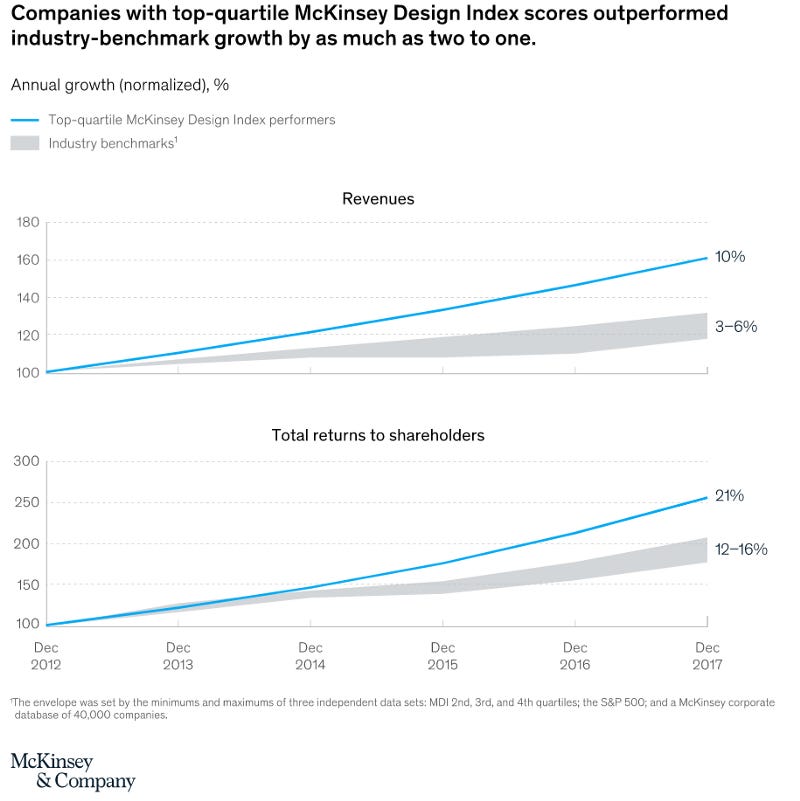What is Customer Centricity and its importance for Product Managers
Customer Centric is a strategy that aims to place the consumer, their pains and needs, as the focus of all company decisions.
Do you know what Customer Centricity is and the importance of Product professionals having this look in their daily lives? Do you know why the application of this concept, which is so popular in the market, can differentiate your product from others? In this article, we’ll explore what this concept means, its advantages, and how to implement it in a Product context. Good reading!
What is Customer Centricity?
Customer Centric is a strategy that aims to place the consumer, their pains and needs, as the focus of all company decisions. This concept was created by Peter Drucker, considered the Father of Modern Management), through the book The Practice of Management (The Practice of Management) released in 1954. According to Peter:
“It is the customer who determines what the business is, what the business produces and if the business will prosper”
That is, depending on which strategies were designed for a business, if they are not aligned with what the customer needs, there is a great chance of failure.
How can Product Managers implement the Customer Centric vision?
Customer Centricity must be considered from the user’s first interaction with the product, when he is still just a lead (potential consumer), and follow through with the other stages of his journey until he reaches the after-sales service.
Therefore, a detailed study of the consumption habits and behaviors of these users is necessary, that is: to understand their journeys, context, needs and pains , to identify opportunities and thus implement improvements that directly impact the user experience.
We have consolidated 3 good practices that Product Managers can follow when implementing this vision as a strategy for their product, they are:
Always deeply explore the data and insights obtained from users: interacting at all touchpoints with the user, observing habits and behaviors, collecting constant feedback , understanding their journeys and who are the users who consume your product/service.
Outline product strategies that are customer-centric: identify needs or pains from data to think about strategies to solve them, identify profiles and segment the user base for prioritization purposes and understand when to prioritize strategies based on needs/pains of users and when strategies based on innovation should be focused.
Turn users of your product into fans of the brand: demonstrate that you listen to users through transparent communications on the next steps of the roadmap , inform them about new features implemented based on users’ needs/pains and bring them closer to the brand as a whole, such as way to co-create next steps.
Applying this concept in practice, in addition to bringing assertive direction of what can be prioritized in the product, also brings a multitude of other benefits to the business as a whole. Some examples are:
Increased customer satisfaction: since you will be meeting needs and resolving pain assertively;
Competitive advantage: providing a quality and personalized experience is a determining factor for customer loyalty;
Increased profit obtained: by having a positive experience using your product or service, customers feel safer to buy on a recurring basis and recommend your brand to their acquaintances. In fact, according to a survey conducted by McKinsey , companies that apply good design practices as a management strategy are more profitable than companies that do not. See the image with the comparison below.
Conclusion
Now you know the importance of Customer Centricity in the customer journey and how this concept can be a great ally for PMs, after all, having someone closely following the user and thinking of him as the main person interested in the use and good performance of your product, is a positive way to establish a relationship of trust with your user.




